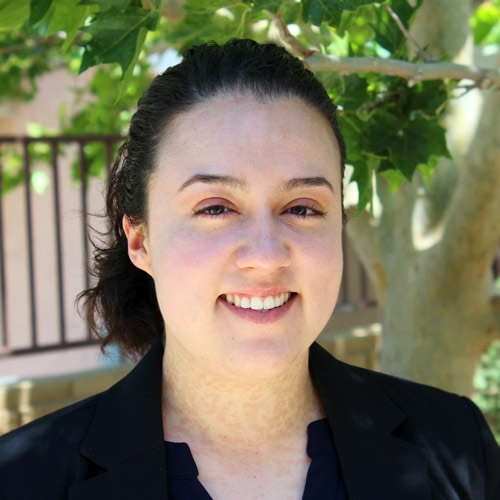
Host Mentor: Dr. Theo Palmer
Stanford University Institute for Stem Cell Biology and Regenerative Medicine
Understanding Autism Using Patient Derived iPSCs
Autism spectrum disorder is a neurodevelopmental disorder affecting about 1% of the population and is characterized by deficits in verbal communication, social interactions, and repetitive behaviors. These neuropsychiatric symptoms generally appear within the first three years of life. Autism is the most heritable of all complex neurological disorders. Studies have linked copy number variants (CNVs) to a higher risk of developing neuropsychiatric disorders such as bipolar disorder, schizophrenia, and autism spectrum disorders (ASD). CNVs refer to duplication or deletion stretches of a chromosomal region. Microduplications and deletions of chromosome region 16p11.2 have been implicated as highly penetrant risk factors for ASD, however ASD represents a greater proportion of the syndromes associated with the deletion.
The 16p11.2 CNV is a 600-kb locus spanning 29.4–32.2 Mb and harboring 29 annotated genes, 25 of which are protein-coding. A duplication or deletion at the 16p11.2 chromosome locus is present in about 1% of individuals with autism and is associated with altered expression of gene networks that converge with ASD pathogenesis. Dosage-dependent balance of genes in the 16p11.2 CNV is an important determinant of neuroanatomical and behavioral phenotypes associated with ASD. The 16p11.2 deletion is more commonly associated with autism grey and white matter volumes. Speech and motor deficits are characteristic of ASD and can spectrum disorder, developmental delay, and obesity. bipolar disorder, and low body mass index (BMI) is greater in the reciprocal duplication. 16p11.2 CNV carriers manifest opposing neuroanatomical phenotypes. Specifically, individuals with a microduplication of the locus exhibit microcephaly and decreased overall grey and white matter volumes. Individuals with the reciprocal deletion present macrocephaly with increased result in an impaired ability to socialize and communicate. At least one speech and language diagnosis is present in 71% of all individuals with the 16p11.2 deletion but not in the reciprocal duplication.
Lastly, recent studies have identified auditory feedback processing delays and abnormal compensation in response to pitch perturbations in deletion carriers. The cellular and molecular mechanisms in which the 16p11.2 deletion results in phenotypic heterogeneity amongst individuals with ASD remains poorly understood. Previously, we have reported that in an in vitro model of early human cortical development, the 16p11.2 microdeletion results in a series of differentially expressed genes functionally associated with cell proliferation, differentiation, organization, and metabolism. These genes may influence developmental outcomes in individuals sharing this deletion breakpoint interval. However, mutant line-specific cell subpopulations and transcriptomic differences have yet to be established. Emerging methods focusing on mRNA sequencing from single nuclei (snRNA-seq) have allowed for the identification of distinct cellular populations and the diversity of genome-wide expression level. To gain insight into the role of the 16p11.2 CNV on neural development, we performed a snRNA-seq transcriptomic study of 18-month old hiPSC-derived human mixed neuronal cultures from ASD patients with the 16p11.2 deletion.
Following snRNA-seq, we were able to identify differentially expressed 16p11.2 region genes across 5 mutant cell lines and define transcriptional heterogeneity between cell subpopulations. We confirmed that 16p11.2 genes are more highly expressed in WT populations, identified that the 18 month old cortical cells segregate into 3 distinct populations of neurons, astrocytes, and progenitor cells, and aim to determine whether there are significant transcriptional differences across cell types.